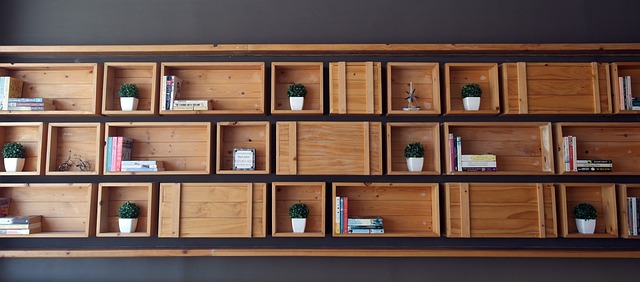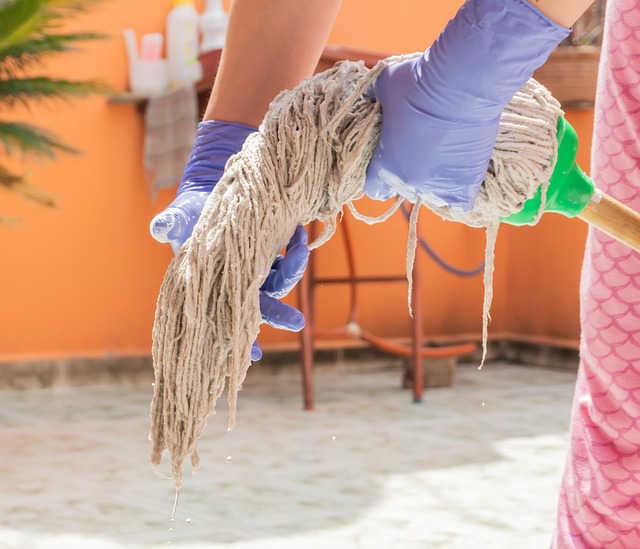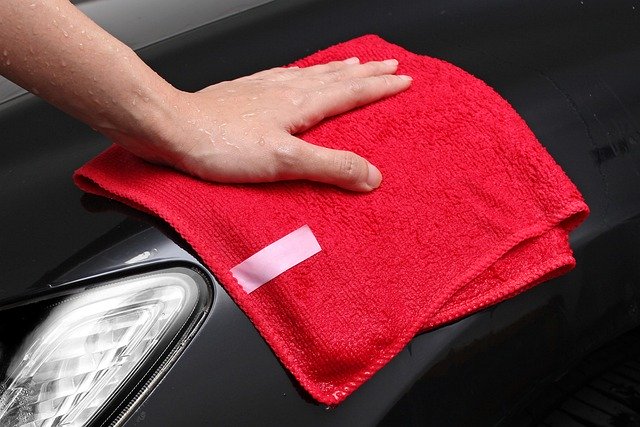Keeping your home clean and sanitized is essential for a healthy and inviting living environment. While we often focus on cleaning surfaces and floors, it’s equally important to pay attention to bookshelves and decorative items. These areas can accumulate dust, germs, and allergens over time, which can impact your overall well-being.
In this guide on how to clean and disinfect your home’s bookshelves and decorative items, we’ll walk you through the process of effectively cleaning and disinfecting your home’s bookshelves and decorative items, ensuring they remain beautiful, safe, and hygienic.
Assessing the Cleaning Needs of Your Bookshelves and Decorative Items
Before diving into the cleaning process, it’s crucial to assess the condition of your bookshelves and decorative items. Here are a few factors to consider:
- Material Types:
- Wood, glass, metal, or plastic? Each material requires specific cleaning methods and products.
- Understanding the material will help you avoid any damage while ensuring a thorough cleaning process.
- Surface Vulnerabilities:
- Take note of any fragile or delicate items on the shelves.
- These items may require extra care during cleaning to prevent accidental breakage or damage.
Gathering the Necessary Cleaning Supplies
To clean and disinfect your bookshelves and decorative items effectively, you’ll need the following supplies:
- Microfiber Cloths:
- These soft and lint-free cloths are ideal for dusting and cleaning delicate surfaces without leaving scratches.
- Cleaning Solutions:
- For wood surfaces, consider using a gentle wood cleaner or a mixture of mild dish soap and water.
- Glass surfaces can be cleaned with a glass cleaner or a homemade solution of vinegar and water.
- Metal and plastic surfaces can be wiped down with an all-purpose cleaner or mild detergent.
- Soft-bristled Brush:
- Useful for dusting hard-to-reach areas and intricate decorative items without causing any damage.
- Gloves:
- Protect your hands from harsh chemicals or potential allergens by wearing gloves during the cleaning process.
Dusting Your Bookshelves and Decorative Items
Dusting is the first step towards a cleaner and healthier environment. Here’s how to effectively remove dust from your bookshelves and decorative items:
- Start from the Top:
- Dust accumulates from the highest point downwards, so begin dusting from the top shelf and work your way down.
- Use a microfiber cloth to gently wipe the surfaces, ensuring you reach all corners and crevices.
- Pay Attention to Books:
- Dust the book covers using a soft cloth or a brush.
- Open the books and fan the pages to remove any settled dust.
- Dusting Delicate Items:
- For fragile decorative pieces, use a soft-bristled brush to remove dust.
- Take extra care while dusting intricate details or fragile materials.
- Don’t Forget Frames and Artwork:
- Wipe down picture frames, paintings, and other hanging artwork with a microfiber cloth or a feather duster.
Cleaning and Disinfecting Different Materials
Each material requires specific cleaning methods to ensure its longevity and cleanliness. Here’s how to clean and disinfect bookshelves and decorative items made of different materials:
Wood:
- Dusting Wooden Surfaces:
- Begin by removing dust using a microfiber cloth or a soft brush.
- Pay attention to corners and hard-to-reach areas where dust tends to accumulate.
- Cleaning with a Wood Cleaner:
- Prepare a wood cleaner following the instructions on the product.
- Apply the cleaner to a microfiber cloth and wipe down the surfaces in the direction of the wood grain.
- For stubborn stains, gently scrub the area with a soft-bristled brush.
- Wipe off any excess cleaner with a clean cloth.
- Disinfecting Wood Surfaces:
- To disinfect, use a solution of equal parts water and white vinegar.
- Dampen a microfiber cloth with the solution and wipe the surfaces thoroughly.
- Let the solution sit for a few minutes before wiping it off with a clean, damp cloth.
Glass:
- Removing Dust and Smudges:
- Start by dusting the glass surfaces using a microfiber cloth or a feather duster.
- For smudges or fingerprints, spray a glass cleaner or a vinegar-water solution onto the cloth and wipe the glass clean.
- Ensure there are no streaks by using a dry microfiber cloth to buff the glass.
- Cleaning Glass Shelves:
- Remove the glass shelves and wash them individually using warm, soapy water.
- Rinse thoroughly and dry before placing them back onto the bookshelves.
Metal and Plastic:
- Dusting Metal and Plastic Surfaces:
- Use a microfiber cloth or a soft brush to remove dust and debris from the surfaces.
- Pay attention to intricate designs or grooves where dust may accumulate.
- Cleaning with an All-Purpose Cleaner:
- Spray an all-purpose cleaner or a mild detergent onto a microfiber cloth.
- Wipe down the surfaces, ensuring all dirt and grime are removed.
- For stubborn stains, gently scrub the area using a soft-bristled brush.
- Wipe off any excess cleaner with a clean, damp cloth.
Maintaining Cleanliness and Hygiene
After thoroughly cleaning and disinfecting your bookshelves and decorative items, here are some tips to maintain cleanliness and hygiene:
- Regular Dusting:
- Dust your bookshelves and decorative items at least once a week to prevent the buildup of dust and allergens.
- Spot Cleaning:
- Immediately clean up any spills or stains to prevent them from setting in.
- Use appropriate cleaning solutions based on the material of the affected item.
- Avoid Excessive Moisture:
- When cleaning, ensure that your cloth or sponge is damp, not soaking wet.
- Excessive moisture can damage certain materials, such as wood or delicate decorative items.
- Avoid Harsh Chemicals:
- Stick to mild cleaning solutions and avoid harsh chemicals that may cause discolouration or damage.
Conclusion
By following these guidelines, you can ensure that your home’s bookshelves and decorative items remain clean, dust-free, and hygienic. Regular cleaning and disinfection not only enhance the visual appeal of these items but also contribute to a healthier living environment. Remember to consider the specific needs of different materials and handle delicate items with care. With a little effort and the right cleaning supplies, you can maintain a beautiful and germ-free home.











